Shoes on the Danube Promenade
A very poignant reminder of the horrors of WWII.
Atlas Obscura: “A trail of iron footwear stands as a monument to the thousands executed along this riverbank during WWII… In October of 1944, Hitler overthrew the leader of the Hungarian government, Miklos Horthy, and replaced him with Ferenc Szalasi.
Szalasi, whose ideology closely followed Hitler’s, immediately established the Arrow Cross Party - a fascist, anti-semitic organization that brutally and publicly terrorized the Jews in Budapest by beating and killing them. Nearly 80,000 Jews were expelled from Hungary in a death march to the Austrian border and approximately 20,000 Jews were brutally shot along the banks of the Danube River. The victims were forced to remove their shoes at gunpoint (shoes being a valuable commodity during World War II) and face their executioner before they were shot without mercy, falling over the edge to be washed away by the freezing waters.
Shoes on the Danube Promenade is a haunting tribute to this horrific time in history, created by film director Can Togay and the sculptor, Gyula Pauer. Installed along the bank of the Danube River in Budapest, the monument consists of 60 pairs of 1940s-style shoes, true to life in size and detail, sculpted out of iron.
This memorial is simple yet chilling, depicting the shoes left behind by the thousands of Jews who were murdered by the Arrow Cross. The style of footwear - a man’s work boot; a business man’s loafer; a woman’s pair of heels; even the tiny shoes of a child - were chosen specifically to illustrate how no one, regardless of age, gender, or occupation was spared. Placed in a casual fashion, as if the people just stepped out of them, these little statues are a grim reminder of the souls who once occupied them - yet they also create a beautiful place of reflection and reverence.
At three points along the memorial are cast iron signs with the following text in Hungarian, English, and Hebrew: “To the memory of the victims shot into the Danube by Arrow Cross militiamen in 1944–45. Erected 16 April 2005.””
--
Statue of Imre Nagy
Atlas Obscura: “A much-loved sculpture depicting the hero of a 1956 anti-Soviet uprising… Imre Nagy was hanged in 1958 for his role in the uprising. A pro-reform communist, he had sought to free Hungary of hard-line communist rule, but in 1956 the revolt was crushed by Soviet tanks and Pro-Moscow hardliners were reinstalled in power.”
--
Other odd sods…
We strolled the
Great Market Hall built 1897; walked across the Danube along a green cantilever bridge originally named after King Franz Joseph (Wikipedia: “After World War II, it was rebuilt as the first of the destroyed bridges, in 1946. For this reason, it was called the
Freedom Bridge.”); and had a drink in City Park beside the stunning
House of Music.
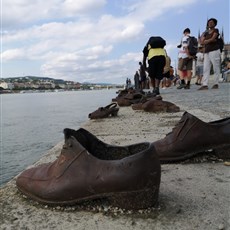
Shoes on the Danube Promenade
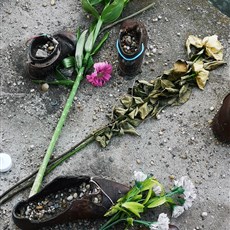
Shoes on the Danube Promenade
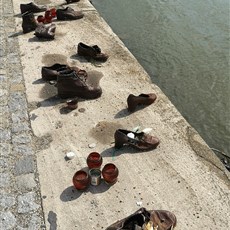
Shoes on the Danube Promenade
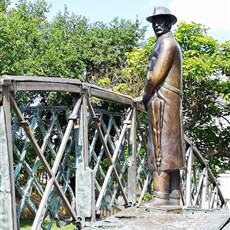
Imre Nagy, Pest
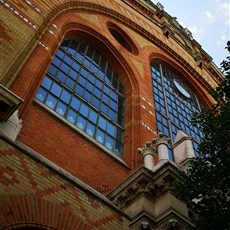
Great Market Hall, Pest

Great Market Hall, Pest
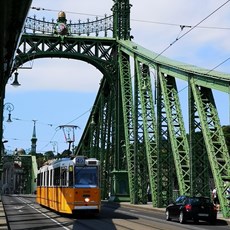
Freedom Bridge
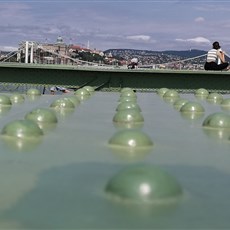
Freedom Bridge

House of Music
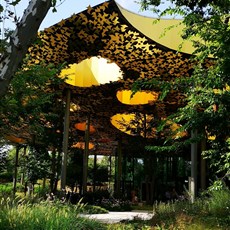
House of Music
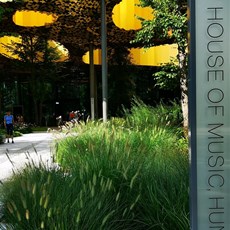
House of Music